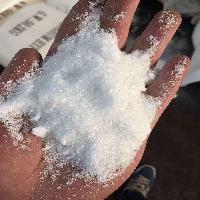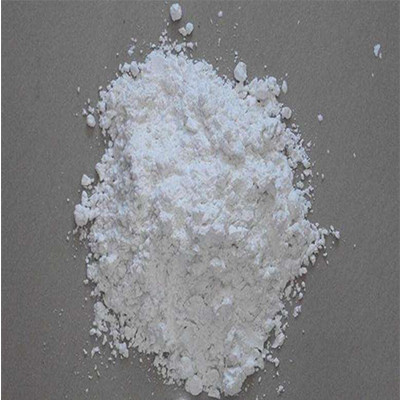-
Categories
-
Pharmaceutical Intermediates
-
Active Pharmaceutical Ingredients
-
Food Additives
- Industrial Coatings
- Agrochemicals
- Dyes and Pigments
- Surfactant
- Flavors and Fragrances
- Chemical Reagents
- Catalyst and Auxiliary
- Natural Products
- Inorganic Chemistry
-
Organic Chemistry
-
Biochemical Engineering
- Analytical Chemistry
-
Cosmetic Ingredient
- Water Treatment Chemical
-
Pharmaceutical Intermediates
Promotion
ECHEMI Mall
Wholesale
Weekly Price
Exhibition
News
-
Trade Service
Disodium monofluorophosphate (DFP) is a commonly used chemical in the chemical industry.
It is a white, crystalline solid that is highly soluble in water.
DFP is commonly used as a catalyst in the production of PVC, as a fire retardant in plastics, and as a stain remover in textiles.
The use of DFP in the chemical industry has been subject to regulation in recent years, due to its potential to cause environmental harm.
It is classified as a hazardous substance in many countries, and its use is closely monitored by regulatory agencies.
In order to safely handle and use DFP in the chemical industry, it is important for employees to receive proper training and instruction.
This can include instruction on the properties of DFP, its uses, and the proper safety precautions to be taken when handling the chemical.
Properties of DFP
DFP is a highly reactive chemical that should be handled with care.
It is a strong acid, with a pH of around 2, and it can easily react with other chemicals to produce toxic fumes.
DFP is also highly soluble in water, which can make it difficult to contain if it is spilled.
Uses of DFP
DFP is used in a variety of applications in the chemical industry.
One of its most common uses is as a catalyst in the production of PVC.
DFP helps to initiate the polymerization process, which allows the PVC to be formed into the desired shape.
DFP is also used as a fire retardant in plastics.
When added to plastics, it can help to reduce the flammability of the material.
This can be particularly useful in applications where fire safety is a concern, such as in the construction industry.
Another common use for DFP is in the production of textiles.
It is often added to detergent solutions to help remove stains from fabrics.
DFP works by breaking down the stains and allowing them to be washed away.
Safety precautions
DFP is a hazardous chemical that should be handled with care.
When working with DFP, it is important to follow proper safety precautions to prevent exposure and minimize the risk of harm.
One of the most important safety precautions is to wear appropriate personal protective equipment (PPE).
This can include gloves, goggles, and a lab coat.
It is also important to wear appropriate footwear, as DFP can be slippery and can cause slips and falls.
Another important safety precaution is to ensure that the work area is well-ventilated.
DFP can produce toxic fumes when it is used, and it is important to ensure that there is sufficient ventilation to prevent exposure.
It is also important to handle DFP in a well-ventilated area, away from any open flames.
This is because DFP can be highly reactive and can easily ignite when it comes into contact with an open flame.
In addition to these safety precautions, it is also important to follow proper storage and handling procedures.
This can include storing DFP in a cool, dry location, and ensuring that it is stored away from any sources of ignition.
Conclusion
Disodium monofluorophosphate (DFP) is a commonly used chemical in the chemical industry.
It is a highly reactive chemical that should be handled with care.
When working with DFP, it is important to follow proper safety precautions to prevent exposure and minimize the risk of harm.
This can include wearing appropriate personal protective equipment, ensuring that the work area is well-ventilated, and following proper storage and handling procedures.
By following these safety precautions, employees in the chemical industry can work with DFP safely and effectively.







